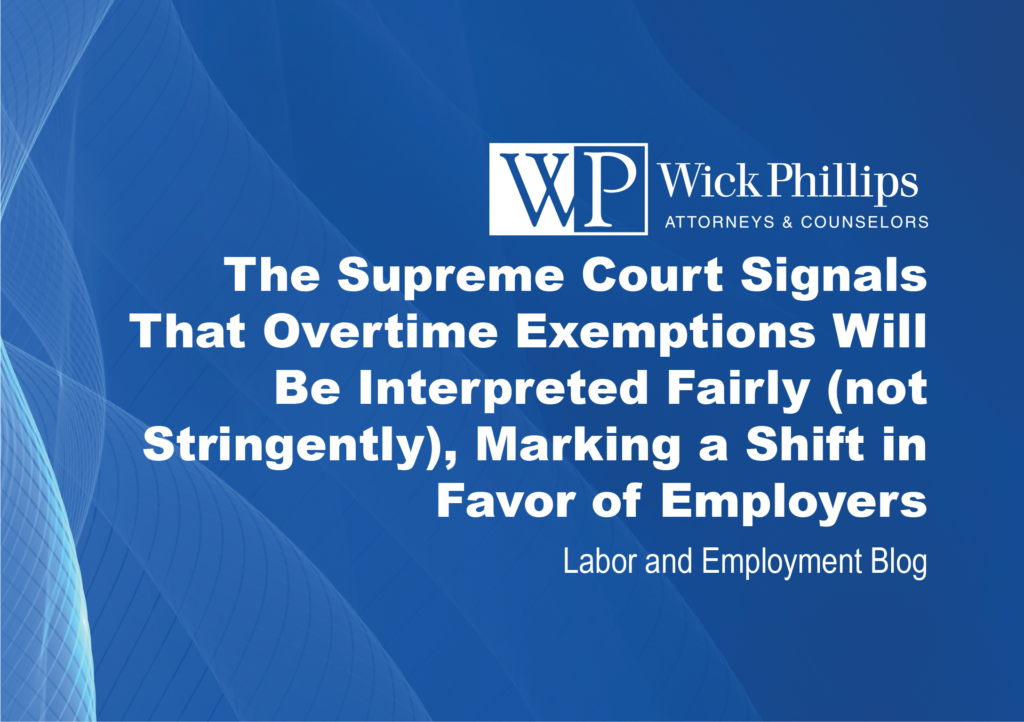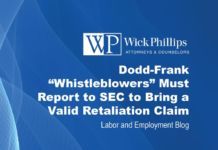
Last month, the Supreme Court ruled in favor of treating automobile service advisors as exempt from overtime and, in so doing, appears to have made the playing field a little more even when it comes to overtime requirements under the Fair Labor Standards Act (“FLSA”).
In lawsuits over minimum wage or overtime pay, practically all employers must pay overtime (i.e., time and one-half for hours over 40 in a workweek) to non-exempt personnel. To claim the benefit of an exemption (i.e., to not have to pay overtime), the employer must establish that an exemption applies. Making this task more difficult was the longstanding legal premise that exemptions are “narrowly construed against employers.” As a practical matter, this meant that when an employee classification was a close call, courts sided with employees. The recent Supreme Court decision, Encino Motors, LLC v. Navarro, reached a contrary conclusion and the opinion may reflect a sea change of things to come.
The Navarro case involved service advisors at a California auto dealership who claimed to be owed overtime. The dealership, however, contended that the employees fell under the exemption that applies to “any salesman, partsman or mechanic primarily engaged in selling or servicing automobiles.” The appellate court found the employees were not exempt and were owed overtime, in part, by narrowly construing the exemption against the dealership. The Supreme Court reversed that ruling. In doing so, it rejected the decades-old principle that FLSA exemptions are narrowly construed against employers seeking to assert them.
Although the ruling dealt with an industry-specific exemption, it has widespread implications. The court shifted from its tradition of applying employer exemptions to cases “plainly and unmistakably within their terms and spirit,” and instead held that courts should give those exemptions a “fair reading.” The Supreme Court’s decision seemingly removes the employee’s advantage and creates more parity between employers and employees. This will likely lead to broader interpretations of the exemptions than we have seen in the past.
Notably, although the Supreme Court’s decision rejected the “narrowly construed” principle, it did not eliminate the employer’s burden to establish that it is entitled to application of an exemption at the outset. But by removing the thumb on the scale, the decision is plainly a win for employers.
The FLSA will surely continue to be a challenging statute for all businesses. But with rulings like this, it is possible to foresee a day when the statute’s interpretation will turn largely on the language of the applicable regulations and the underlying facts, and little else.
View PDF



